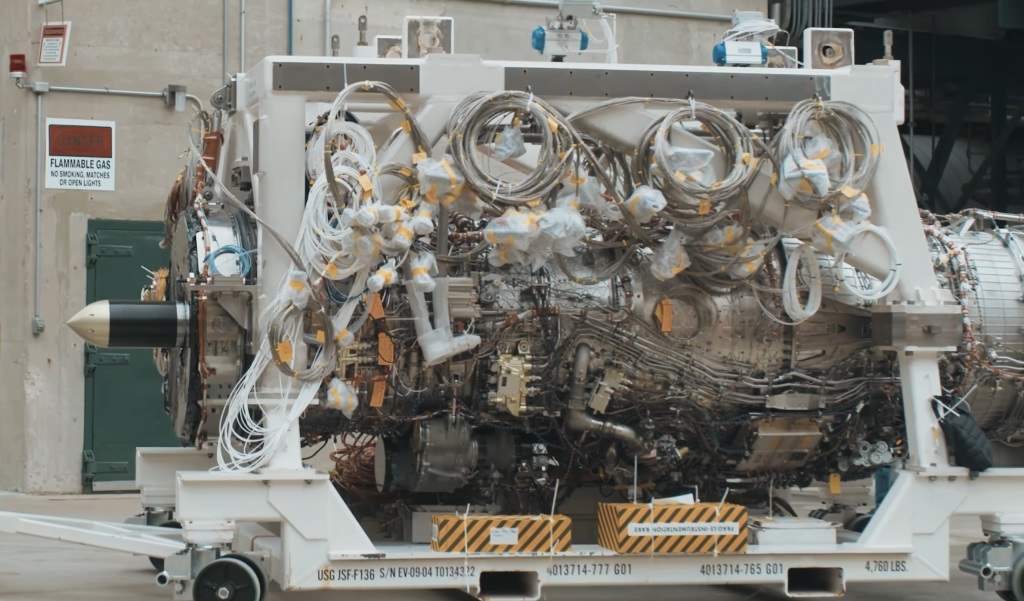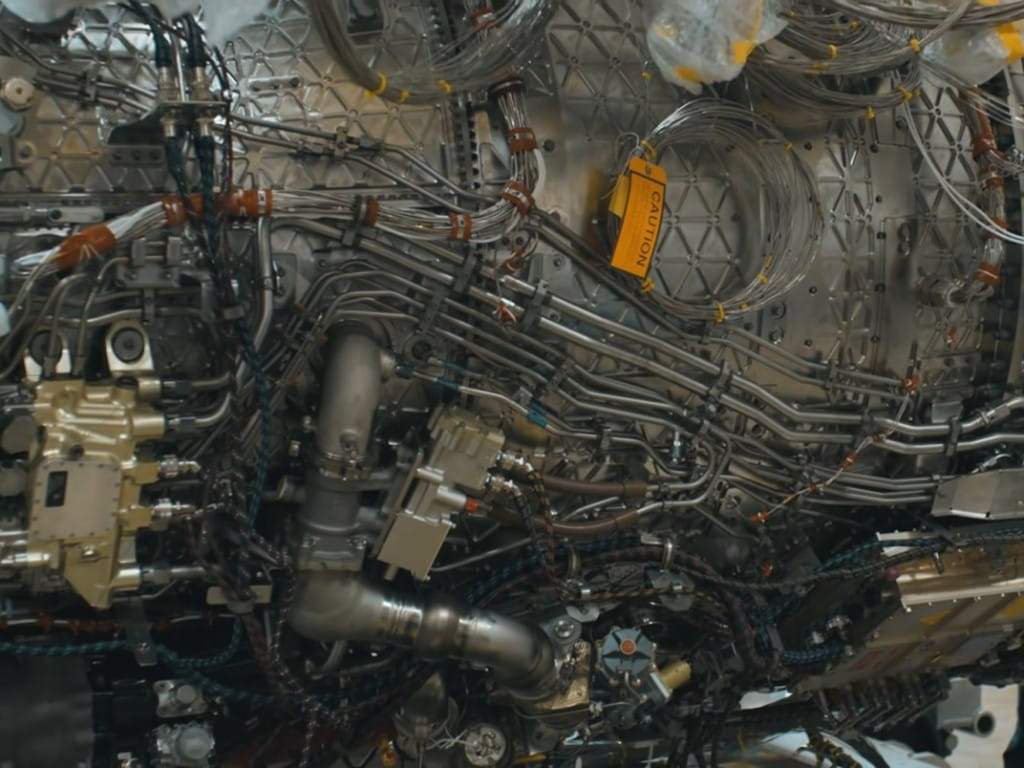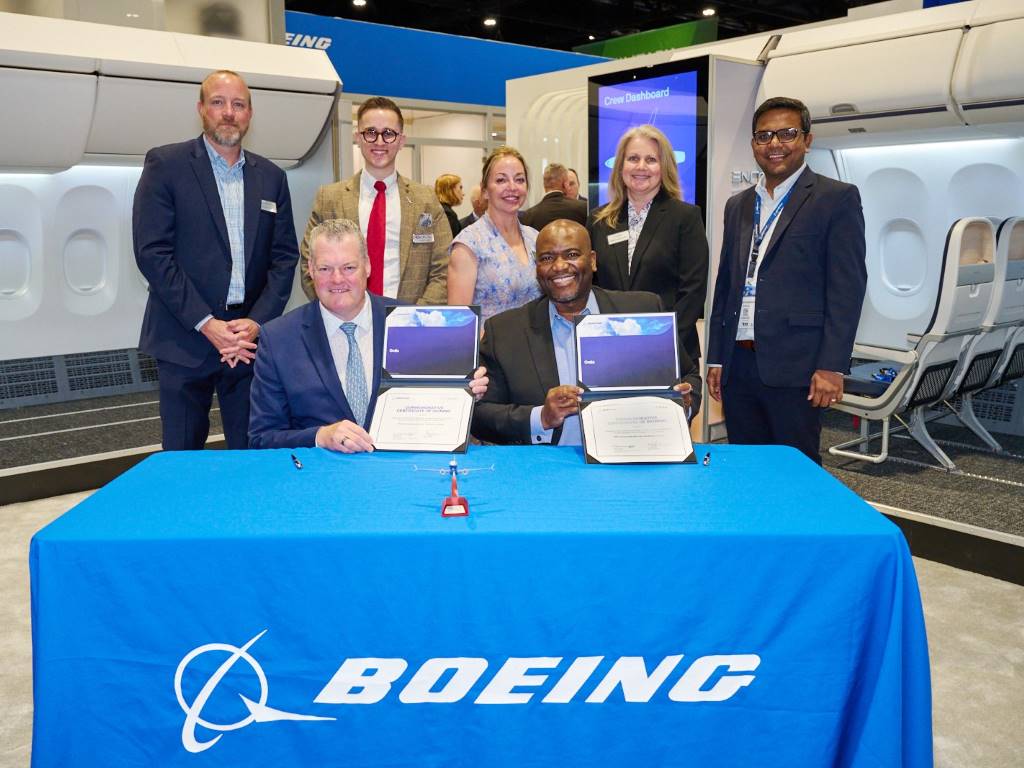GE hopes to upgrade F-35 and power NGAD using this super material

The key building block of GE Aviation’s next-generation jet engine, which is intended to upgrade the F-35 and power future fighter jet programmes, is ceramic matrix composites (CMCs).
GE engineers see CMC parts flying in commercial engines all over the world. GE has the industry’s first and only integrated CMC supply chain and has already churned out hundreds of thousands of these parts to beat the heat in the hottest areas of today’s engines.
The next-generation fighter jet engine, XA100, is sized and optimised for the Lockheed Martin F-35, but the propulsion technology also forms the basis for the system that will power the US Air Force’s Next Generation Air Dominance (NGAD), its sixth generation fighter programme.
CMCs benefit engine performance in three areas in comparison to their traditional metal counterparts: Heat resistance, weight and durability.
GE’s CMC turbine shrouds surpassed 10 million hours in flight in the hottest section of the CFM LEAP engine in 2021, and more than 100,000 of those turbine shrouds have been produced at scale at a state-of-the-art production facility in Asheville, North Carolina.
The world’s largest commercial engine, the GE9X, has five different CMC parts in its hot section.
That demonstrated commercial success has engineers and programme leaders bullish about CMC and its impact on a new engine in GE’s military business: the XA100 Adaptive Cycle Engine.

GE’s XA100 is engineered to switch between high-thrust and high-efficiency modes, allowing it to adapt to just about any situation a military jet could encounter in the air. In December 2020, it became the first ever flight-weight, three-stream adaptive cycle engine to fire up.
Using traditional materials, it would’ve been a tall order to create an engine with 25% better fuel efficiency, 10%+ better thrust, and significantly more thermal management capability. But the XA100’s CMC parts help change that.
“The XA100 makes the most extensive use of CMCs of any commercial or military engine. CMC parts help us unlock the weight savings and thermal efficiency to achieve transformational performance in a package sized for the F-35,” says David Tweedie, GE Edison Works’ general manager for Advanced Combat Engines.
“GE knows how to do metal parts. We’ve been optimizing them for as long as we’ve made engines,” Ernesto Vallejo, an XA100 design engineer working directly with CMCs parts, says. “CMCs are the next frontier. The extra flexibility you get when designing with CMCs is a big part of what makes this [XA100] design more revolutionary and more exciting than any fighter engine out there.”
Incorporating this super-material into the engine was part of the plan all along. GE’s prototype engine for the Air Force’s ADVENT programme, which led to the XA100, set a world record for the highest combined compressor and turbine temperatures thanks in part to CMCs.
GE also ran the world’s first rotating CMC blades inside an F414 engine, validating the material’s ability to withstand the challenging environment inside a high-performance military engine through 1,000 cycles of testing.

For fighter aircraft like the F-35, increased durability in hot and harsh conditions is critical. As researchers at the GE Research Center in Upstate New York looked to illustrate the toughness of a CMC part, they decided to do some shooting – both with a camera, and with a steel ball aimed at a CMC and non-CMC plates.
“GE is a leader here. We’ve got a lot of experience already, but we’re still charting new territory to see where CMCs could take us,” Vallejo added. “It’s just an impressive technology. When we have visitors to see our operation, ‘wow’ is a pretty typical response.”
Once considered a far-fetched idea, GE’s bet on ceramic matrix composite (CMC) technology is now considered a success story – and a centrepiece technology for future engine programmes.
The XA100 is a product of GE Edison Works, a business unit dedicated to the research, development, and production of advanced military solutions. This business unit has full responsibility for strategy, innovation, and execution of advanced programmes.













